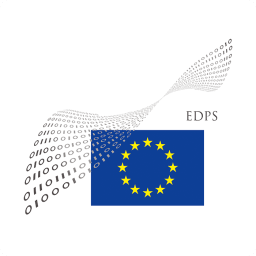ePrivacy Directive

Summary
ePrivacy Directive is an important legal instrument for privacy in the digital age, and more specifically for the confidentiality of communications and the rules regarding tracking and monitoring. The version used in this section is Directive 2002 58 EC (amended by E-privacy Directive 2009 136 EC).
Definitions
free trial
Search for vulnerabilities in your apps for free with Fluid Attacks' automated security testing! Start your 21-day free trial and discover the benefits of the Continuous Hacking Essential plan. If you prefer the Advanced plan, which includes the expertise of Fluid Attacks' hacking team, fill out this contact form.